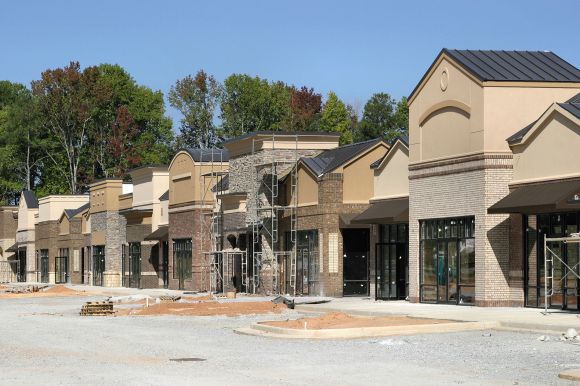“Omnichannel” is a term that many once applied exclusively to retail brands. Retailers focused on creating a consistent customer experience across three channels: brick-and-mortar, direct, and wholesale. Since restaurants operate very differently from traditional retailers, many people overlooked the implications of omnichannel trends for the restaurant industry.
But restaurants and other foodservice providers can and do operate multiple channels – and that trend is only growing in importance.
Why an Omnichannel Restaurant Strategy?
Restaurant operators recognize the opportunity that new sales channels offer for additional revenue streams and acquisition of not just new, but different customers. These are the same reasons that a purely e-commerce apparel retailer determines it needs brick-and-mortar locations as part of its strategy – to reach more customers.
Whether through enhanced delivery options, food truck routes, or non-traditional and pop-up units, more restaurants are reaching customers in multiple ways than ever before.
Omnichannel Restaurant Trends
Many businesses currently operate multi-channel strategies but don’t describe these as “omnichannel.” Consider the business model used by many of the major pizza chains. At first it may seem like the only sales channels used are “delivery” and “carryout,” but to understand that business’ customer potential, you have to understand all channels involved and optimize the customer experience across channels. Traditional locations offer “delivery” and “carryout,” but customers can interact with those options through different methods – Call-in, Order Online, Order on Mobile, or Order In-Store and Wait (Carryout only). That is 7 different methods, 7 different types of customer interactions, and 7 ways customers can choose that brand over a competitor.
Online startups are pushing the omnichannel restaurant trend forward. Some of those have created new niches to benefit all organizations; delivery services like DoorDash, UberEats, and Favor enable even the most basic restaurant operator to deliver. Delivery services are an important vehicle for tapping into the growing off-premise dining trend. For example, Nation’s Restaurant News has reported that to-go and delivery represent 19.2 percent of orders at Buffalo Wild Wings, while Bloomin’ Brands believes off-premise sales could reach 25% of their total business.
However, other online startups – like meal kit delivery brands Hello Fresh, Blue Apron, and more – are a market share threat to traditional restaurants. These services make it even more imperative for restaurants to create multiple convenient, consistent sales channels that meet customers where they are.
Executing an Omnichannel Restaurant Strategy
While omnichannel restaurant strategies are the path forward for many restaurant brands, executing a strategy without proper planning can fail. Launching a food truck in the wrong market or offering delivery in an area where customers don’t prefer delivery are expensive mistakes, but they can be avoided.
Customer analytics can help restaurants to understand the differences between their customer base by channel – from traditional dining to online orders and catering. By using past purchase data combined with demographic and psychographic characteristics, you can understand who your best customers are for each channel, where high concentrations of those customers are located, and each customer type’s value to your locations. Armed with those insights, you can make better strategic decisions in real estate, operations, marketing, and more.
If you are ready to get serious about serving your customers through multiple channels, then customer insights are essential. Explore our solutions to learn more about how analytics can help you better understand your customers across any channel.


